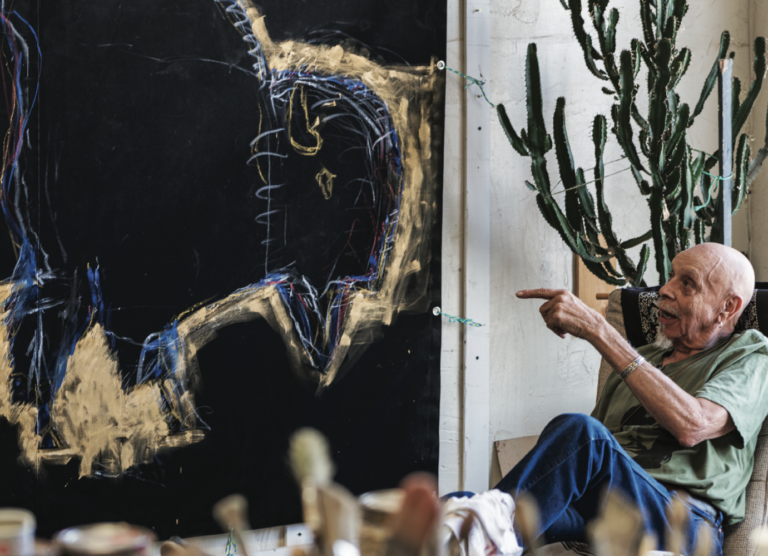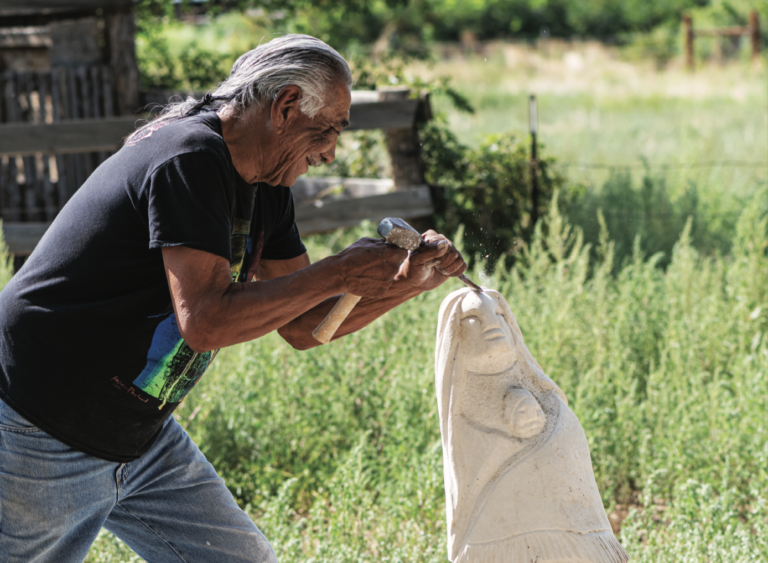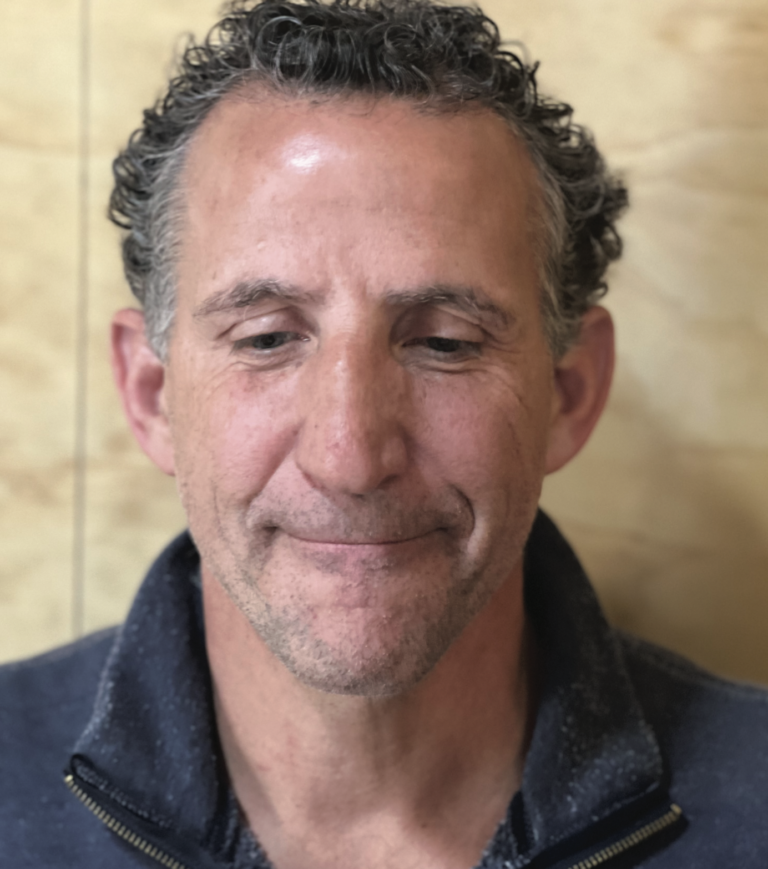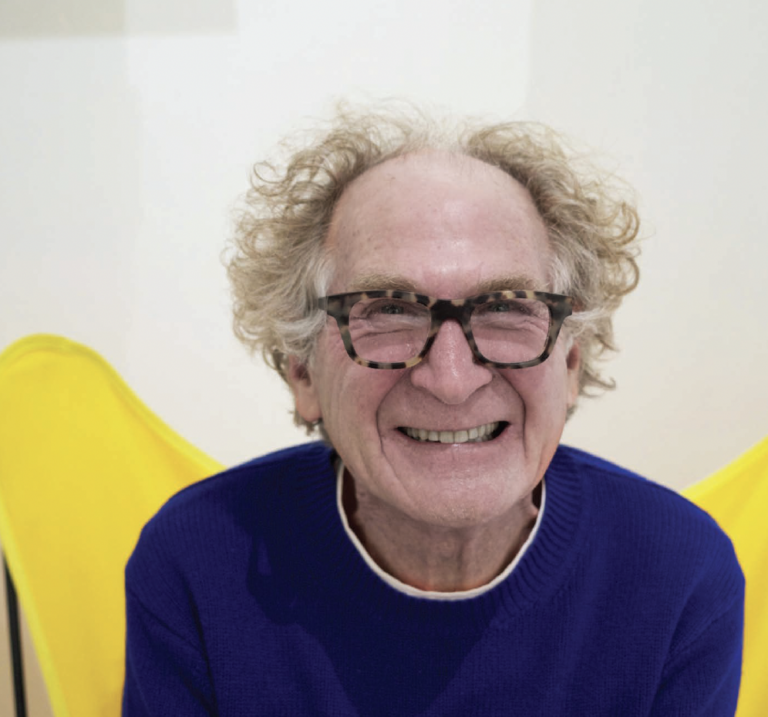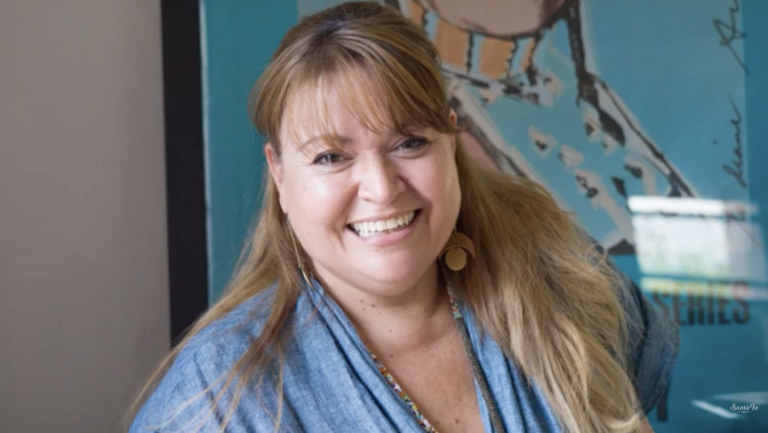WHEN PEOPLE SAY THEY DON’T HAVE FEAR, I generally don’t believe them. Because it usually comes from someone who has never done anything or encountered anything that requires fearlessness. When Jim Pagels casually told me, I believed him. All too well.
This is one reason why I am always so glad to see him. He is still alive. The other reason is that he is so damn entertaining. With his “from the hills of North Alabama good ol’ boy charm,” he’s someone who’s done more things and knows more about everything than most anybody you meet. And after a few encounters with near-death relationships, he has met his match with his brilliant, beautiful wife Katherine Broyles, who he has been with 25 action-packed years.
Jim is a world-renowned neuroscientist who started his career by telling established doctors and logical mentors what they think they know about dreaming is wrong. And even though that’s not generally the way to get ahead when you are starting off, his career ended up being pretty meteoric. More recently, the iconoclast wrote a book that showed how talk therapy for PTSD is useless. (Think of how well that sat with psychiatrists and therapists.)
He is someone who, he says, has good edge skills: “It means you do the right thing when you are getting ready to go over the edge (during high altitude climbing.) You leap forward and bury your axe in the one piece of solid ice that will hold you. It’s a having a high gestalt, a higher awareness of what’s happening very rapidly. It’s finding out what will hold when everything else fails.”
So, his lack of fear has some scientific basis; he is not completely crazy. But don’t let him talk you into long-distance ocean kayaking.
How did you get interested in sleep?
I went to Birmingham Southern College and got a degree in chemistry to go to medical school. I got involved with the neuroscience department and found my way early on into a field that nobody knew anything about: sleep and dreams. I was very interested in all we didn’t know. Most people seem to be quite excited about what we do know, but I’ve always found those big blank places interesting, before we know anything about it. Sleep was the same. We were spending a third of our lives doing something that nobody understands. It was wide open.
As a young man in the South, you had to either join someone else’s approach to science – get behind a mentor and extend their research – or you had to go off and do something else. So I got all the degrees and I published early in the field, in my early 20s, then went out to Colorado and found other things to do.
Since then, my field has always been the science of sleep and dreams. I have hundreds of papers and eight books out. Most of them are academic press publications, changing the way people see and understand sleep and dreams.
What ideas do you find most interesting?
When I started out, there were these huge books on the psychoanalysis of dreaming. I tried to come up with experimental designs, looking at dreams in ways that can be scientifically or statistically analyzed. Up to that point, all the literature point had been about one individual’s dreams interpreted by another individual. I collected data on how dreams affected different people in their waking, how people use their dreams, how this varies between societies, and what people actually believe about their dreaming.
I did hundreds of studies and saw a consistent pattern of how people use and recall dreams. No one had applied this social scientific approach to dreaming. It pretty much changed everything. We realized that so much of what we thought we understood about the psychoanalytic theory of dreaming was just wrong.
The ability of someone outside yourself to interpret your dreams is highly questionable – we saw bias in the results by both the dreamer and the interpreter. I spent many years developing the research.
Are you saying people actually are better interpreters of their own dreams?
No question. You can get information from other people and how they look at dreams, but the best person to interpret a dream is the person who has the dream.
Do you encourage people to do just that?
In practicing as a physician, I looked at disorders of dreams. My areas were parasomnias, the dreams that cause disruption or disturbance. I am quite interested in the most powerful dreams – the nightmares. Often, nightmares reflect underlying PTSD.
We really don’t understand dreams. Most of what you will read about dreams is wrong. I published a book a few years ago called Dream Science.
The actual things that we know are quite limited. The dream is like consciousness. It’s almost an absolute metaphor, something that we cannot even describe.
Do you analyze your own dreams?
My wife and I build a fire every morning in the kitchen. My wife likes to talk about her dreams, and I’ll talk about mine. It’s always good. It helps to remember. To describe your dreams to someone else is always fun. It’s also fun to get someone else’s input on what your interpersonal communication system is telling you.
Why do the dreams disappear from your consciousness so easily?
There’s the theory that it’s a trace of a state of consciousness that’s a long way from waking. We do find that the dream from the deep sleep is more different from waking consciousness than dreams in any other sleep state. They’re harder to recall and remember. Once you tie into the perceptual world around you, the perceptual world is overwhelming and takes over.
What about the work you’ve done on PTSD?
PTSD is common. It’s socially condoned. We send people to PTSD treatment for experiencing wars and for working as emergency medical technicians. We live in a violent society. We support the violence. And yet, the treatment that most people receive is either psychotherapy, talk therapy, or medication. Most doctors are frustrated with PTSD and don’t want to even address the issues since those treatments don’t work. Yet there’s good evidence for an 80% improvement in patients with three major treatment approaches. These are not being used. That is why I wrote a book. I tried to put together a very logical, rational approach to addressing PTSD.
For instance, the military uses prolonged exposure, the re-experiencing of trauma. It works, though not necessarily everybody who’s been traumatized needs to go through re-experience, In my field, in sleep medicine, the approaches include imagery therapy – teaching people to change the storyline of their dreams. Lucid Dreaming works really well but has to be done in a supportive situation since people with PTSD can get upset and self-destructive when they come up against their forms.
EMDR, eye movement therapy, also works. But there’s no interaction between all of these different areas of care.
In your work in dreaming and PTSD, you’re telling people, in effect, that what they’re doing is wrong, is not working. The institutional things are based on quite the opposite. They believe that what they’re doing is right.
I don’t have a lot of fear. I never was afraid of much, and I’ve had a very good lot. I live in this beautiful place with culture, people who are interesting, skiing in the mountains, and petroglyphs in the canyons. It can be a really good life if you’re not afraid to go up and catch things.
Look, I turned 70 this year. They thought I wouldn’t live this long from falling off the faces of cliffs and sliding down ice to burying a kayak on the coast in heavy surf. But I’m really good at that.
I’m good at the edge. I have edge skills, both in physical situations and in sciences. I’m good at the edge.
What does being good at the edge mean?
It means you do the right thing when you get in a situation. When you’re getting ready to go over the edge, you leap forward and bury your ice axe in the one piece of solid ice that will hold you. That’s an edge skill.
It’s the higher Gestalt, the higher awareness of what’s happening very rapidly. It’s being in the present, finding what will hold when everything else falls.
Learn more at researchgate.net/profile/James-Pagel
Photo Ranier Moore



